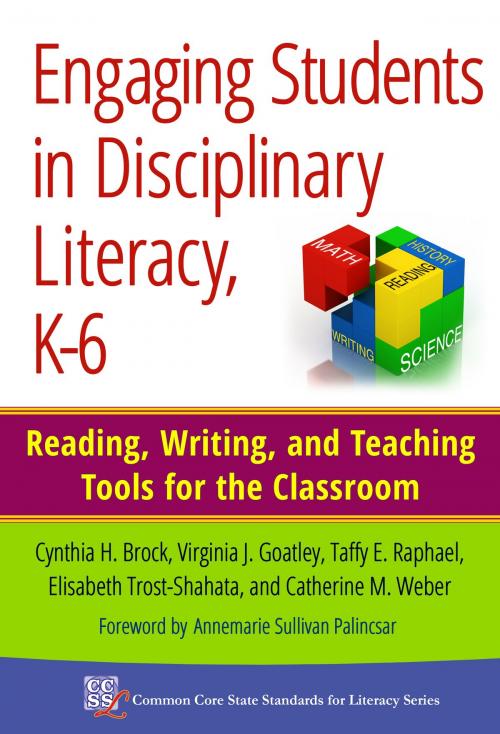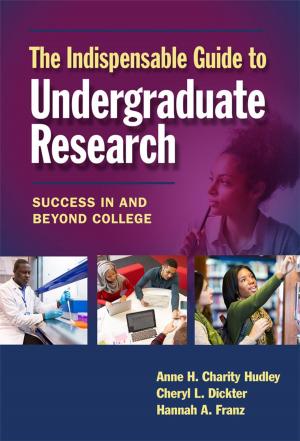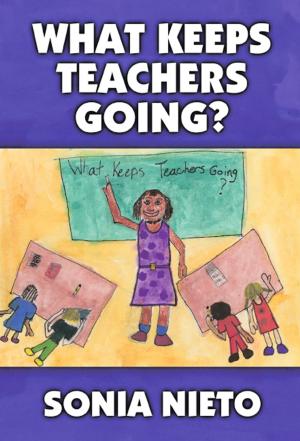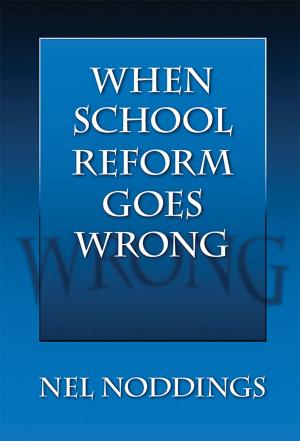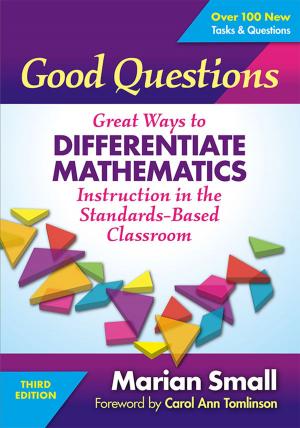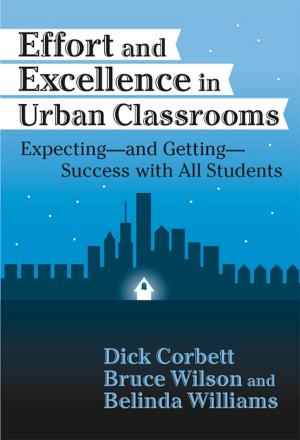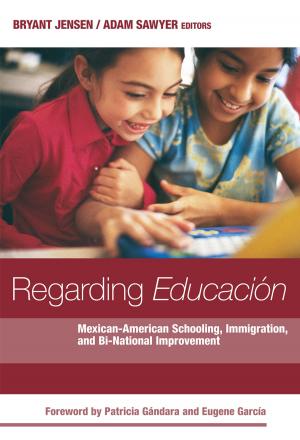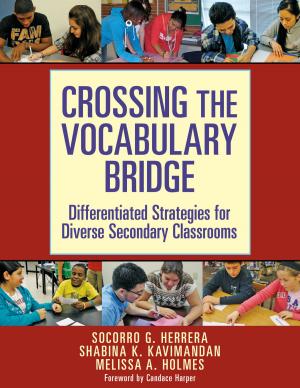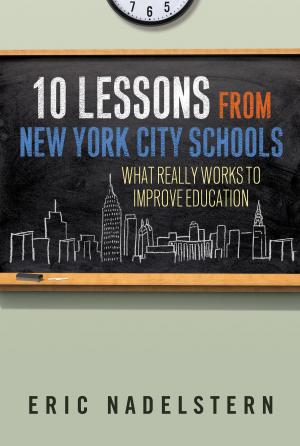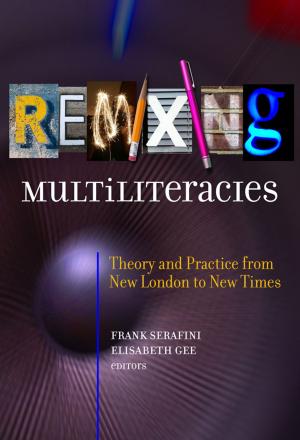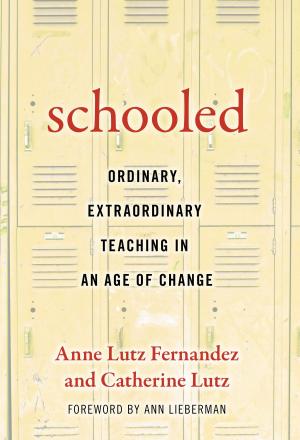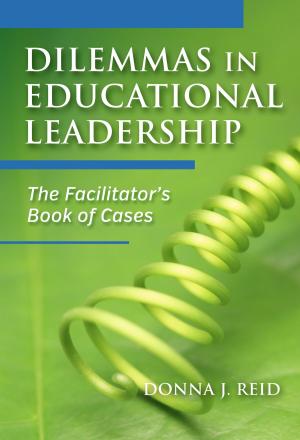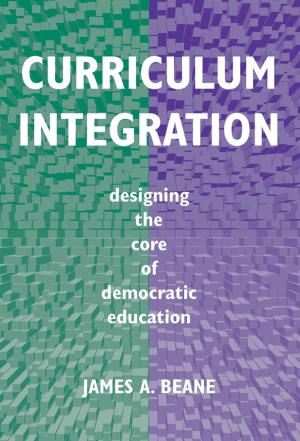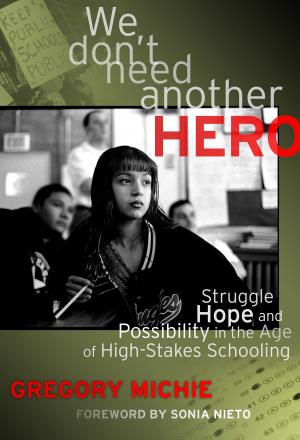Engaging Students in Disciplinary Literacy, K-6
Reading, Writing, and Teaching Tools for the Classroom
Nonfiction, Reference & Language, Education & Teaching, Educational Theory, Curricula, Language Arts, Literacy| Author: | Cynthia H. Brock, Virginia J. Goatley, Taffy E. Raphael, Elisabeth Trost-Shahata, Catherine M. Weber | ISBN: | 9780807772836 |
| Publisher: | Teachers College Press | Publication: | December 15, 2009 |
| Imprint: | Language: | English |
| Author: | Cynthia H. Brock, Virginia J. Goatley, Taffy E. Raphael, Elisabeth Trost-Shahata, Catherine M. Weber |
| ISBN: | 9780807772836 |
| Publisher: | Teachers College Press |
| Publication: | December 15, 2009 |
| Imprint: | |
| Language: | English |
This accessible book will help elementary school teachers improve literacy instruction inside or outside the Common Core environment. The authors address teachers’ instructional needs by introducing key concepts from current trends in literacy education—from high-level standards to the use of 21st-century literacies. Readers then follow teachers as they successfully implement the curriculum they developed to promote high-level thinking and engagement with disciplinary content. The text focuses on three disciplinary literacy units of instruction: a science unit in a 2nd-grade classroom, a social studies (history) unit in a 4th-grade classroom, and a mathematics unit in a 6th-grade classroom. Each unit revolves around a central inquiry question and includes research-based strategies for using reading, writing, and classroom talk as tools to foster disciplinary understandings. This unique, insider’s look at how real teachers build and implement a Common Core–aligned curriculum will be an invaluable resource for teachers, schools, and districts as they move forward to align their own curricula.
“I can’t imagine a more timely book . . . a set of elegant principles and some stunning examples of how teachers can use reading, writing, and talk to enhance learning in the science, social studies, and mathematics classroom.”
—**P. David Pearson**, professor of language and literacy and human development, Graduate School of Education, University of California, Berkeley
“If you’re wondering how to integrate literacy across the content disciplines, this is the text you will want to keep and return to often.”
—**Diane Lapp**, distinguished professor of education, San Diego State University
“Inspiring, and better still, infectious!”
—**Donald R. Bear**, Iowa State University
“Provides concrete ideas for teaching students to use literacy to think like scientists, historians, and mathematicians.”
—**Douglas Fisher, **professor of educational leadership, San Diego State University, and teacher leader, Health Sciences High and Middle College
This accessible book will help elementary school teachers improve literacy instruction inside or outside the Common Core environment. The authors address teachers’ instructional needs by introducing key concepts from current trends in literacy education—from high-level standards to the use of 21st-century literacies. Readers then follow teachers as they successfully implement the curriculum they developed to promote high-level thinking and engagement with disciplinary content. The text focuses on three disciplinary literacy units of instruction: a science unit in a 2nd-grade classroom, a social studies (history) unit in a 4th-grade classroom, and a mathematics unit in a 6th-grade classroom. Each unit revolves around a central inquiry question and includes research-based strategies for using reading, writing, and classroom talk as tools to foster disciplinary understandings. This unique, insider’s look at how real teachers build and implement a Common Core–aligned curriculum will be an invaluable resource for teachers, schools, and districts as they move forward to align their own curricula.
“I can’t imagine a more timely book . . . a set of elegant principles and some stunning examples of how teachers can use reading, writing, and talk to enhance learning in the science, social studies, and mathematics classroom.”
—**P. David Pearson**, professor of language and literacy and human development, Graduate School of Education, University of California, Berkeley
“If you’re wondering how to integrate literacy across the content disciplines, this is the text you will want to keep and return to often.”
—**Diane Lapp**, distinguished professor of education, San Diego State University
“Inspiring, and better still, infectious!”
—**Donald R. Bear**, Iowa State University
“Provides concrete ideas for teaching students to use literacy to think like scientists, historians, and mathematicians.”
—**Douglas Fisher, **professor of educational leadership, San Diego State University, and teacher leader, Health Sciences High and Middle College
